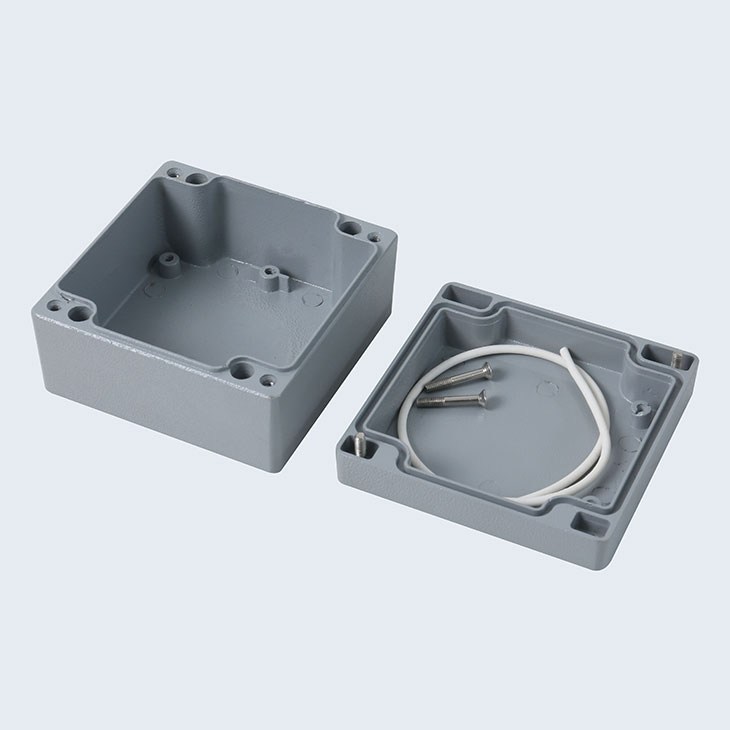Key information about anti-explosion aluminum box
2024-03-19
Designing an anti-explosion aluminum box involves several considerations to ensure it can withstand and mitigate the effects of an explosion. Here's a guide on how you can create such a box:
1. Risk Assessment:
- Conduct a thorough risk assessment to understand the potential explosion hazards the box may encounter. Consider factors such as the type of explosive gases or materials present, the likelihood of an explosion, and the potential consequences.
2. Design Phase:
- Material Selection: Choose high-strength aluminum alloys known for their ability to withstand explosions. Aluminum alloys such as 6061 or 7075 are commonly used for such applications due to their excellent mechanical properties.
- Structural Design: Design the box with reinforced walls and corners to provide structural integrity and resistance to deformation during an explosion. Consider incorporating features such as ribs or stiffeners to enhance rigidity.
- Sealing Mechanism: Implement a robust sealing mechanism to prevent the leakage of explosive gases into or out of the box. This may include gasket seals, welded seams, or specialized locking mechanisms.
- Venting System: Design a venting system to safely release pressure in the event of an explosion, minimizing the risk of secondary explosions or damage to the box. Vent openings should be strategically positioned to direct the blast away from critical components or personnel.
- Internal Layout: Plan the internal layout of the box to accommodate the intended contents while minimizing the risk of ignition sources or frictional sparking. Use non-sparking materials for internal components if possible.
- External Finish: Consider applying a protective coating or finish to the exterior of the box to enhance corrosion resistance and durability, especially if it will be used in harsh environments.
3. Fabrication Process:
- Fabricate the box components from the selected aluminum alloy using methods such as CNC machining, sheet metal forming, or welding.
- Ensure precision and consistency in manufacturing to maintain the integrity of the box under explosive conditions.
4. Testing and Certification:
- Subject the completed box to rigorous testing to evaluate its performance under simulated explosion conditions. This may include pressure testing, impact testing, and fire resistance testing.
- Obtain certification from relevant regulatory bodies or testing agencies to validate the box's compliance with industry standards and safety requirements.
5. Installation:
- Install the anti-explosion aluminum box in accordance with the manufacturer's guidelines and any applicable regulations. Ensure proper grounding and secure mounting to minimize the risk of displacement during an explosion.
6. Maintenance and Inspection:
- Establish a regular maintenance schedule to inspect the box for signs of damage, corrosion, or wear that could compromise its integrity.
- Replace any worn components or seals promptly to maintain the box's effectiveness in mitigating explosion hazards.
By following these steps and considerations, you can design and fabricate an anti-explosion aluminum box that provides reliable protection against explosion hazards in various industrial or hazardous environments.



